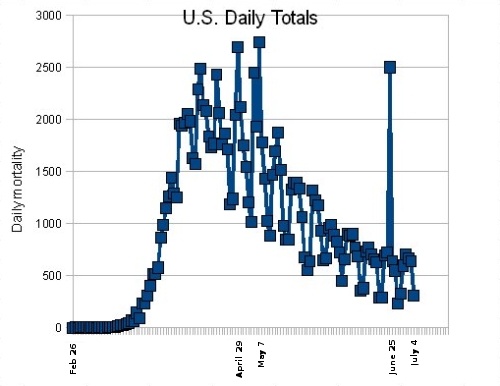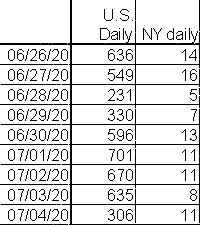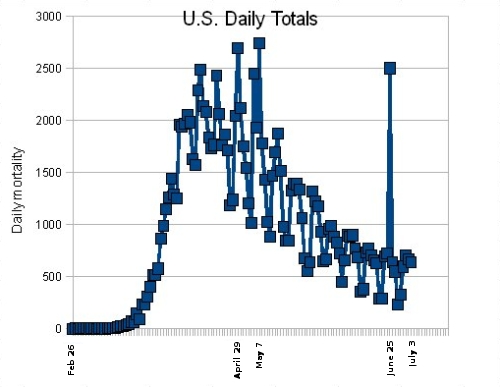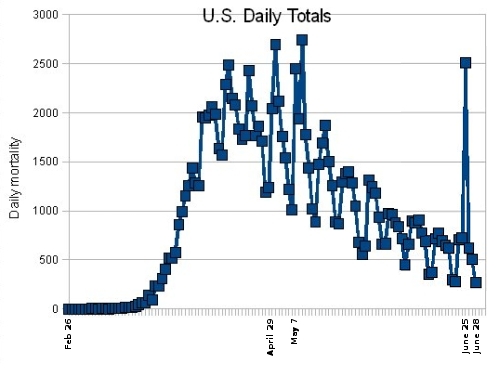Midnight repost: NASA, the federal budget, and common sense
The tenth anniversary retrospective of Behind the Black continues: Tonight’s midnight repost is actually two. First we have what might have been my most telling report for John Batchelor, aired in late July 2013. In that appearance I was quite blunt about my contempt for the politicians in Washington and the fake space program they had been foisting on the American public for decades. As I said,
What both those parties in Congress and in the administration are really doing is faking a goal for the purpose of justifying pork to their districts, because none of the proposals they’re making — both the asteroids or the moon — are going to happen.
Here is the audio of that appearance [mp3] for you all to download and enjoy. For reference, these are specific stories from then that I am discussing:
- Spaceflight in the age of Obama: Star Trek’s Galileo shuttlecraft unveiled at the Johnson Space Center.
- Plan to capture an asteroid runs Into politics.
- Revisiting SLS/Orion launch costs
That rant makes for a perfect lead in to an essay I wrote in late 2011, outlining what I would do if I was in a position to reframe NASA’s budget. Everything I said then still applies. And that it does is a great tragedy, in that it means that nothing has changed, and our federal government continues to gather power while bankrupting the country.
————————–
NASA, the federal budget, and common sense
Let’s be blunt: the federal government is broke. With deficits running in the billions per day, there simply is no spare cash for any program, no matter how important or necessary. Nothing is sacrosanct. Even a proposal to cure cancer should be carefully reviewed before it gets federal funding.
Everything has got to be on the table.
» Read more






